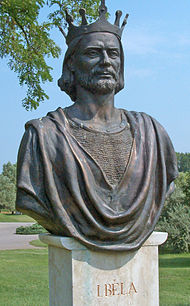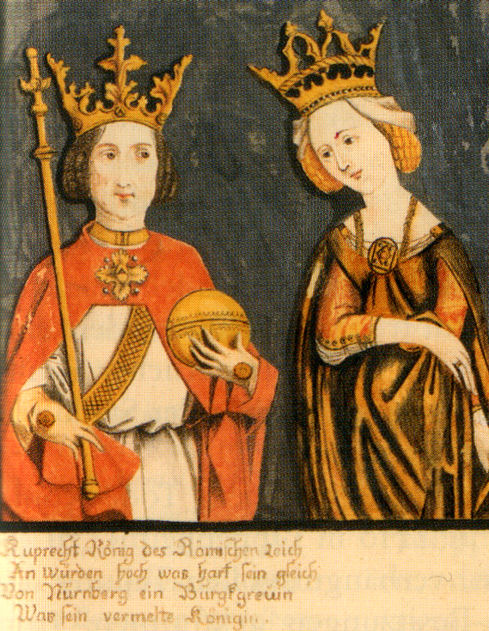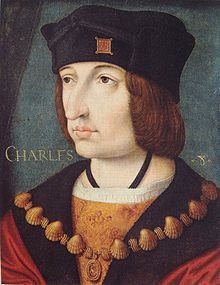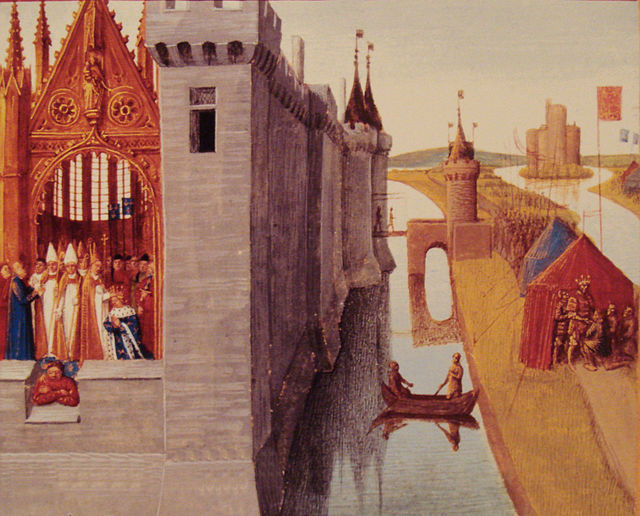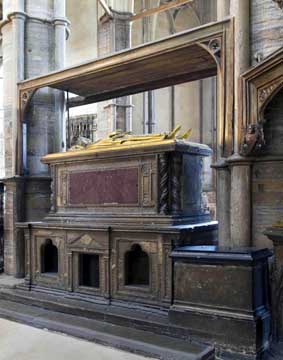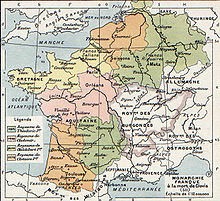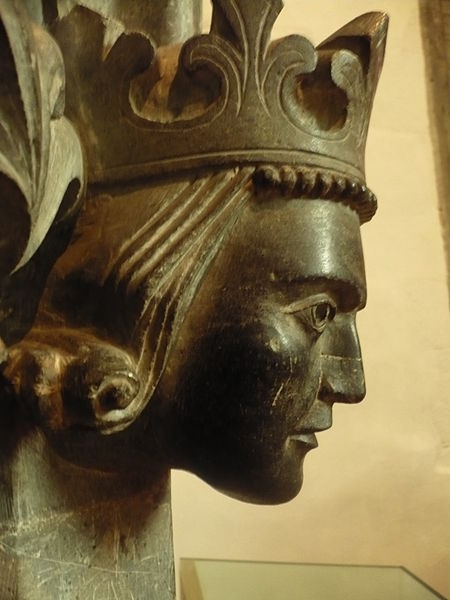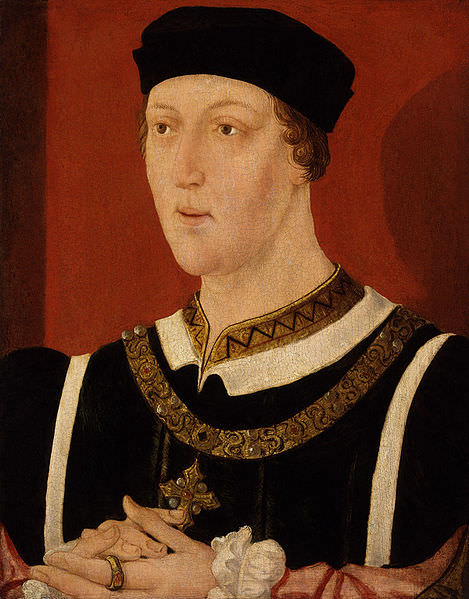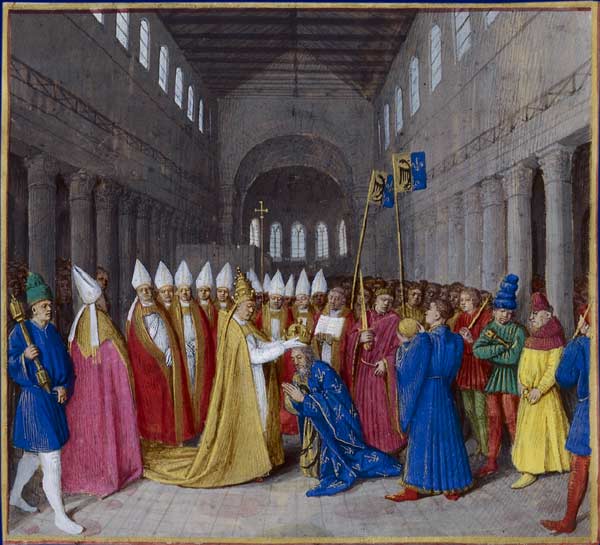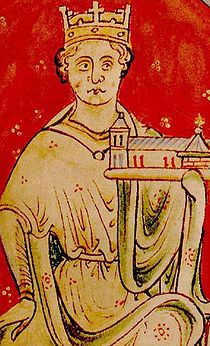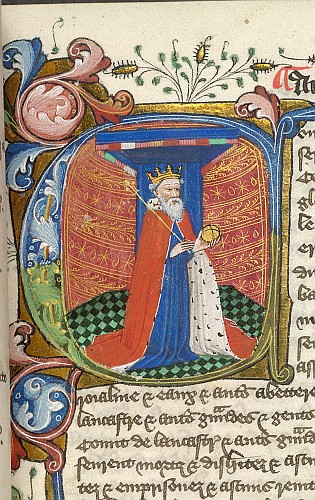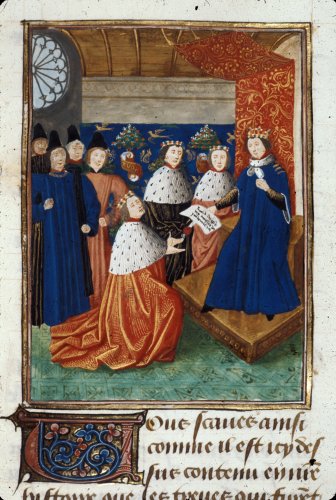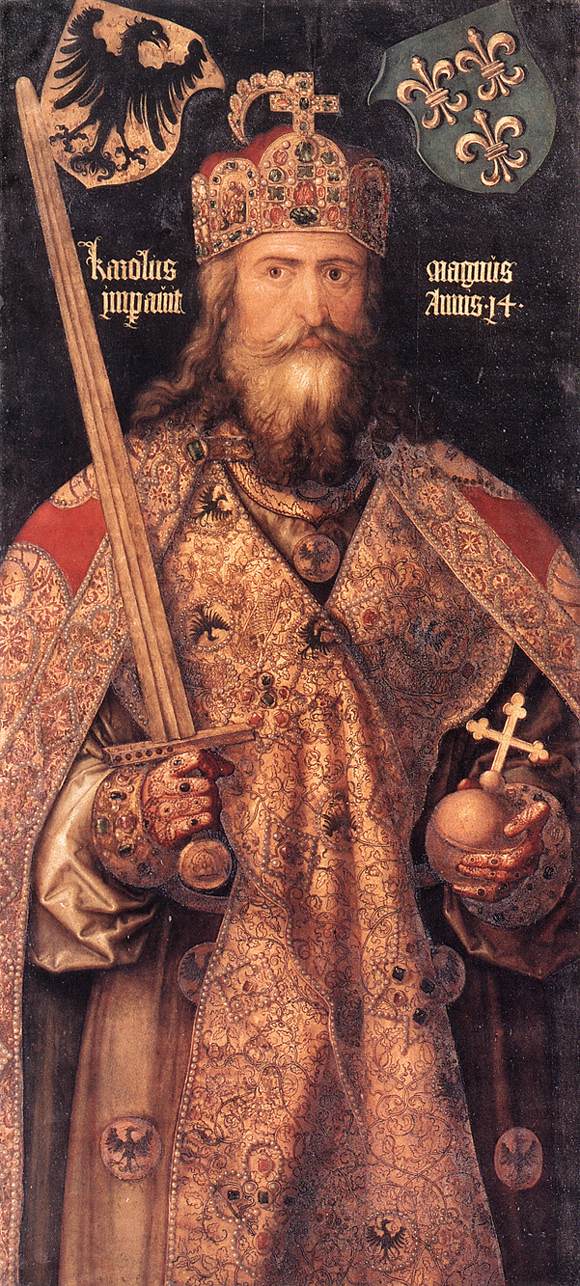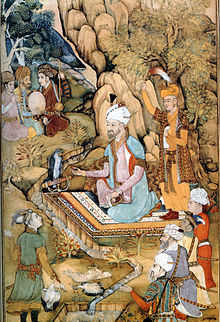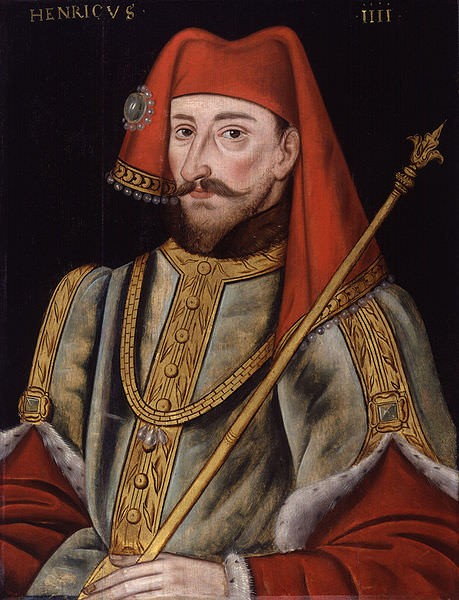Dynastic Intrigues and Domestic Realities during the Reigns of Andrew I and Bela I
In the mid-1030s, the cousin of King Stephen I of Hungary, Prince Vazul (the son of Michael, the younger brother of Geza, Stephen’s father) conspired to assassinate the elderly and ailing king.
Rose without Thorn, Eagle without Feathers: Nation and Power in Late Medieval England and Germany
It is hard at times to take the Agincourt Carol entirely seriously. Patriotism of such brash exuberance seems more properly to belong in a brightly lit Laurence Olivier world of mid twentieth-century medievalism than amid the grim and tangled realities of fifteenth- century politics and war.
The Lit de Justice: Semantics, Ceremonial, and the Parlement of Paris, 1300–1600
The curious phrase lit de justice originated in the fourteenth century and by the first decade of the fifteenth century designated particularly important royal sessions of the Parlement of Paris.
The Birth of the Monarchy out of Violent Death
There were many motives for murdering a king.
The Uses Made of History by the Kings of Medieval England
The kings of medieval England, besides using history for the entertainment of themselves and their courts, turned it to practical purposes. They plundered history-books for precedents and other evidences to justify their claims and acts. They also recognised its value as propaganda, to bolster up their positions at home and strengthen their hands abroad.
The Consolidation of Local Authority Through the Defense of the Church in the Royal Domain of France Under Louis VI
When Louis VI ascended to the throne in 1108 AD, he faced substantial challenges as the fifth monarch of the Capetian dynasty; he confronted the problem of stopping the general decline of the monarchy and achieved this in a way that reasserted the foundations of the crown as the sole dominant figure in the royal domain and a respected lord throughout the kingdom.
Like Father Like Son? Henry III’s Tomb at Westminster Abbey as a Case Study in Late Thirteenth-Century English Kingship
Who was this king, and who made this grand monument to him? An inscription around the edge of the upper tomb chest identifies its occupant as Henry III, the English king who died in 1272 after a reign of fifty-six years.
Edward I and the Appropriation of Arthurian Legend
I recount some of the various activities of Edward I where he appears to use Arthurian legend in a political context, making no attempt to draw conclusions about the nature of national identity in thirteenth century England, but rather to demonstrate the potential of this era for re-evaluation and reinterpretation by those interested in pursuing such matters.
Merovingian Diplomacy: Practice and purpose in the sixth century
The practise of diplomacy has not been much studied in Merovingian Gaul, although there are numerous works that deal with its political dealings with its neighbours and with the administration and culture of Gaul at this time.
Rituals of Greeting and Farewell: Reflections on a Visit to the Royal Court of Norway in 1302
An account of reception and farewell rituals at the royal court of Norway in 1302 is described in detail and analyzed through the use of ritual studies.
The Role of Bishops in Anglo-Saxon Succession Struggles, 955 x 978
With these words the anonymous author of the Vita Sancti Oswaldi, now believed to be Byrhtferth of Ramsey, depicts the situation after the death of King Edgar in 975.
To be a King: changing concepts of kingship during the reign of Henry VI, 1422-1461
The questions we must ask ourselves at this early juncture, considering the nature of the debate, is why this king was able to persevere for so long on the throne despite his infirmities?
Kings, chieftains and public cult in pre-Christian Scandinavia
The article addresses the question of the performance of pre-Christian public cult by political leaders in early medieval Scandinavia.
Charlemagne: A Frank Analysis of Imperialism in the 8th and 9th Centuries
Charlemagne has been approached by historians because of the pivotal role he fills as the Father of a Continent. His kingdom spread across Europe and renewed the culture of the Western World; a “mini-Renaissance” that shifted the focal point of Europe away from crumbling Rome.
Gower’s “Confessio” and the “Nova statuta Angliae”: royal lessons in English law
In the following discussion, I will explore some hitherto unexamined links between the Confessio Amantis and one of these legal texts, the Nova Statuta Angliae or New Statutes of England, which circulated among professional and non-professional readers in the 1380s and 1390s and which Richard II received in a manuscript now in Cambridge: St. John’s College MS A.7.
The King’s Table: A Semiotic Analysis of a Medieval Noble Banquet
During the Middle Ages, aristocratic banquets were common and often grandiose affairs. The function of a banquet went beyond mere celebration of an event or holiday and became a tool for demonstrating a person’s wealth, influence, piety, and generosity.
Alfonso the Slobberer and Ivar the Boneless: Worst Nicknames for Medieval Rulers
Our top 10 list of worst medieval nicknames
Investing In England: The Designation Of Heirs To The Crown Throughout English History
It was not until the late eighteenth century that rules for succession to the English throne were written.
For the Glory of England: The Changing Nature of Kingship in Fourteenth Century England
Over the course of the fourteenth century, a new image of kingship emerged; a strong king was one who led his subjects on and off the battlefield, and balanced royal authority with guidance from Parliament.
Auðun of the West-Fjords and the Saga Tradition: Similarities of Theme and Structural Suitability
Auðun of the West-Fjords and the Saga Tradition: Similarities of Theme and Structural Suitability Josie Nolan (Trinity College Dublin) Vexillum, Vol.3 (2013) Abstract…
English Royal Minorities and the Hundred Years War
It has become commonplace in modern textbooks to base any brief account of the Hundred Years War on the contention that the chief cause was the dynastic dispute over the French throne between Edward III and Philip of Valois.
A King on the Move: The Place of an Itinerant Court in Charlemagne’s Government
I shall suggest here that we should abandon this assumed correlation, and that once we have done so, a very different picture of Charlemagne’s itinerary between 768 and 814, and consequently of his government, emerges.
The Liber Historiae Francorum – a Model for a New Frankish Self-confidence
The Liber Historiae Francorum – a Model for a New Frankish Self-confidence Philipp Dörler Networks and Neighbours, Volume One, Number One (2013) The…
Kings, Conquerors, and Gods: The Autobiographies of Timur, Isma’il, and Babur
In 1360, a hundred years after the finalization of Mongol conquest, the most famous of these post-Genghisid rulers emerged in Kesh, not far from Samarqand. Timur Barlas, anglicized as Tamerlane, pursued a life-long career of warfare, first establishing himself in the ranks of the regional amir Kurgen and eventually awing the entire region from the Punjab to Cairo and Constantinople through his conquests. Like his predecessor Genghis, Timur has since been a hotly debated figure.
‘Kings were not wont to render account’ Henry IV and the Authority of the King
Henry travelled extensively, became famed throughout Christendom as a champion jouster, crusaded in Eastern Europe, and looked after his father’s holdings whilst John of Gaunt campaigned in Spain.3 It is impossible not to note that Henry Bolingbroke’s popularity continued to increase while Richard II’s declined.
